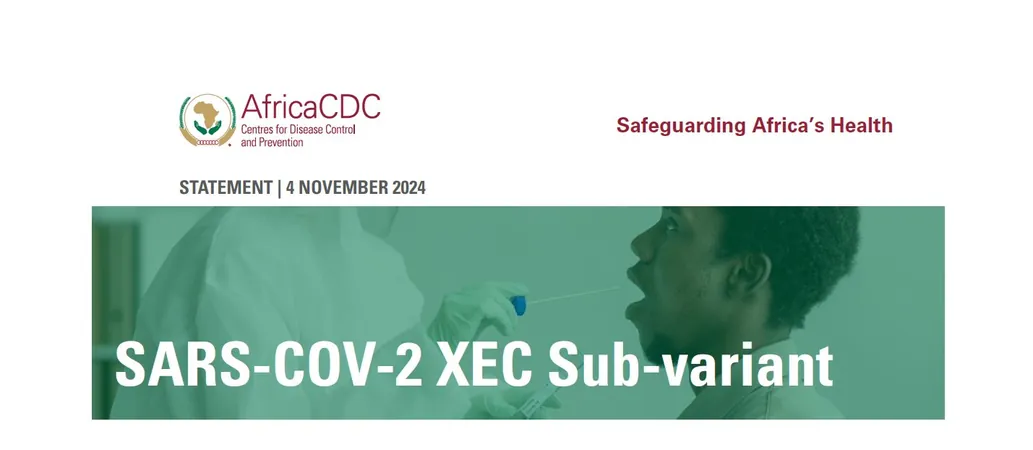
New SARS-CoV-2 XEC Subvariant Raises Concerns: What You Need to Know
2024-11-05
Author: Ming
Situation Overview
The COVID-19 pandemic persists, driven primarily by sub-variants of the SARS-CoV-2 Omicron variant. Currently, the most prevalent sub-variants include BA.2.86, JN.1, KP.2, KP.3, and the newly identified XEC variant. Notably, XEC is a recombinant subvariant derived from a lineage closely related to JN.1 and KP.3.
First reported in May 2024, the XEC variant has rapidly spread, being detected in 43 countries across Europe, Asia, and North America. In Africa, Botswana recently confirmed its first case linked to a hospitalized European traveler. However, low levels of testing and genetic sequencing in many African nations hinder accurate tracking of the variant's spread.
As of September 24, 2024, the World Health Organization (WHO) has classified XEC as a Variant Under Monitoring (VUM). Experts predict ongoing mutations in the SARS-CoV-2 virus, suggesting that XEC's rising prevalence in several regions necessitates a strengthened surveillance approach in Africa.
Preliminary studies indicate that the XEC variant may have a higher transmissibility and unique mutations that contribute to its ability to evade immune responses more effectively than previous lineages. However, current evidence shows that it does not appear to cause more severe illness than other Omicron variants. Symptoms associated with XEC infections are consistent with those seen in other Omicron cases, including fever, body aches, sore throat, cough, headaches, and fatigue.
Recommendations for Member States
In light of these developments, the Africa CDC recommends that all member states take proactive measures to address the impact of the XEC variant and other emerging strains:
1. Enhance surveillance for influenza-like illnesses and severe acute respiratory syndrome (ILI/SARI) to monitor the emergence and spread of SARS-CoV-2 cases.
2. Continue administering booster doses of updated COVID-19 vaccines, particularly targeting high-risk groups such as individuals aged 65 and older, those with moderate to severe immunocompromised conditions, and frontline health care workers.
3. Regularly share data on confirmed COVID-19 cases and variants with the Africa CDC to improve response strategies.
Key Insights
- The XEC variant is under close monitoring by both Africa CDC and WHO.
- Initial findings suggest that XEC exhibits increased transmissibility and unique mutations linked to enhanced immune evasion.
- Infections with XEC produce symptoms similar to other Omicron subvariants, with no current evidence indicating greater severity of disease.
- Ongoing surveillance and vaccination efforts are critical to managing the public health impact of the XEC variant.
Stay Informed!
As the situation evolves, it’s crucial for health authorities and the public to remain vigilant, informed, and prepared to adapt to new challenges posed by variants like XEC.



 Brasil (PT)
Brasil (PT)
 Canada (EN)
Canada (EN)
 Chile (ES)
Chile (ES)
 España (ES)
España (ES)
 France (FR)
France (FR)
 Hong Kong (EN)
Hong Kong (EN)
 Italia (IT)
Italia (IT)
 日本 (JA)
日本 (JA)
 Magyarország (HU)
Magyarország (HU)
 Norge (NO)
Norge (NO)
 Polska (PL)
Polska (PL)
 Schweiz (DE)
Schweiz (DE)
 Singapore (EN)
Singapore (EN)
 Sverige (SV)
Sverige (SV)
 Suomi (FI)
Suomi (FI)
 Türkiye (TR)
Türkiye (TR)